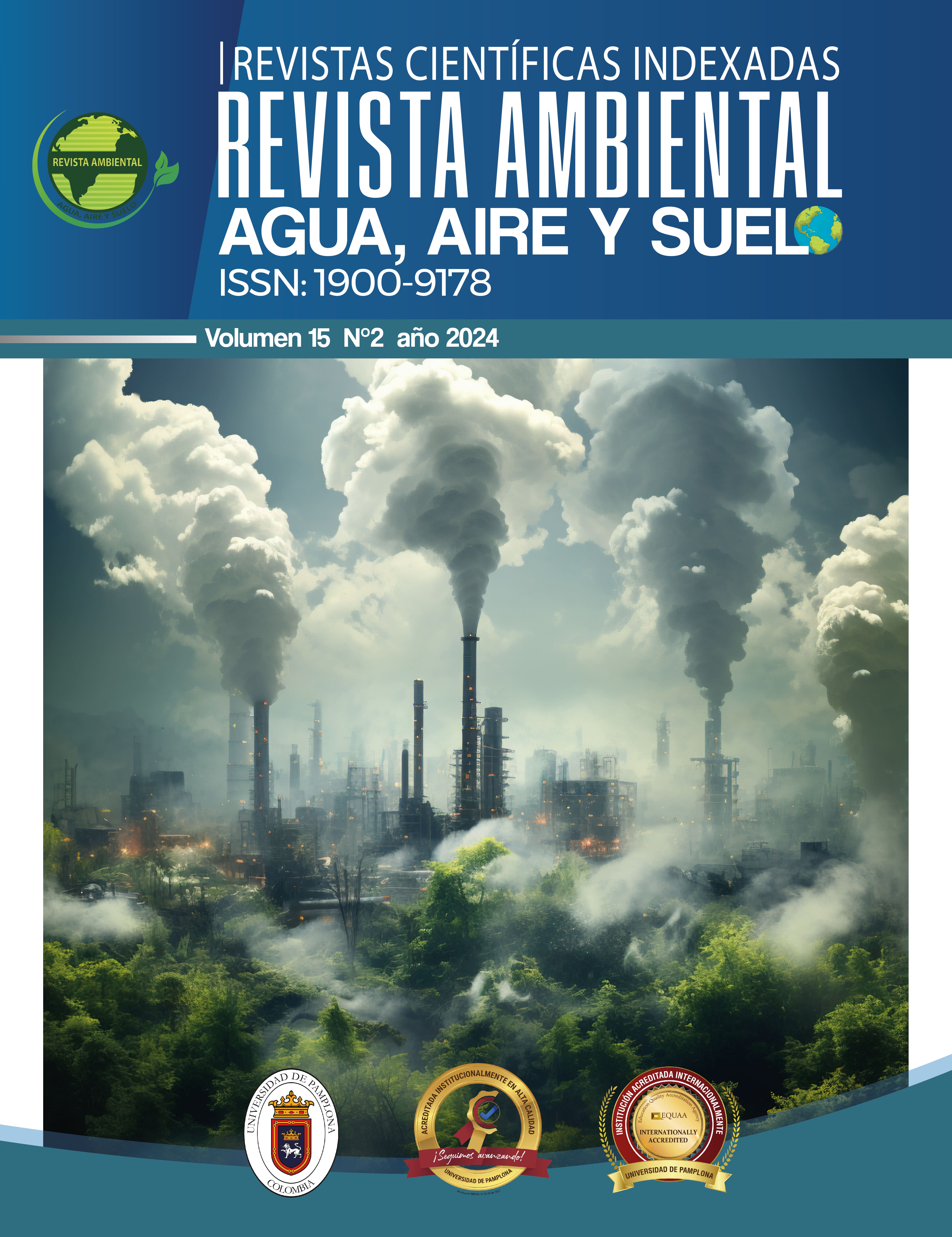Environmental impact analysis of different molecular structures in Perovskite Solar Cells
Environmental impact analysis of different molecular structures in Perovskite Solar Cells
DOI:
https://doi.org/10.24054/raaas.v15i2.3160Keywords:
Perovskite, molecular structure, contaminantsAbstract
This article addresses the environmental impact of materials used in perovskite solar cells, an emerging technology in the field of photovoltaics that, while highly efficient, also employs potentially harmful components. The aim is to analyze the environmental effects of different molecular structures in perovskite cells, with a focus on critical materials such as lead and its alternatives. Through an analysis of a perovskite solar cell dataset, variables such as power conversion efficiency, PCE, were selected, along with materials from the perovskite, contact, HTL, ETL, and substrate layers. The most relevant finding shows that lead, used in the perovskite layer, poses a significant environmental threat but can be replaced by tin without a considerable reduction in PCE. It is concluded that to move toward more sustainable technology, continued research into reducing the environmental impact of these materials is essential, without compromising solar cell performance.
Downloads
Published
Versions
- 2024-08-28 (2)
- 2024-09-18 (1)
How to Cite
Issue
Section
License
Copyright (c) 2024 REVISTA AMBIENTAL AGUA, AIRE Y SUELO

This work is licensed under a Creative Commons Attribution-NonCommercial 4.0 International License.








